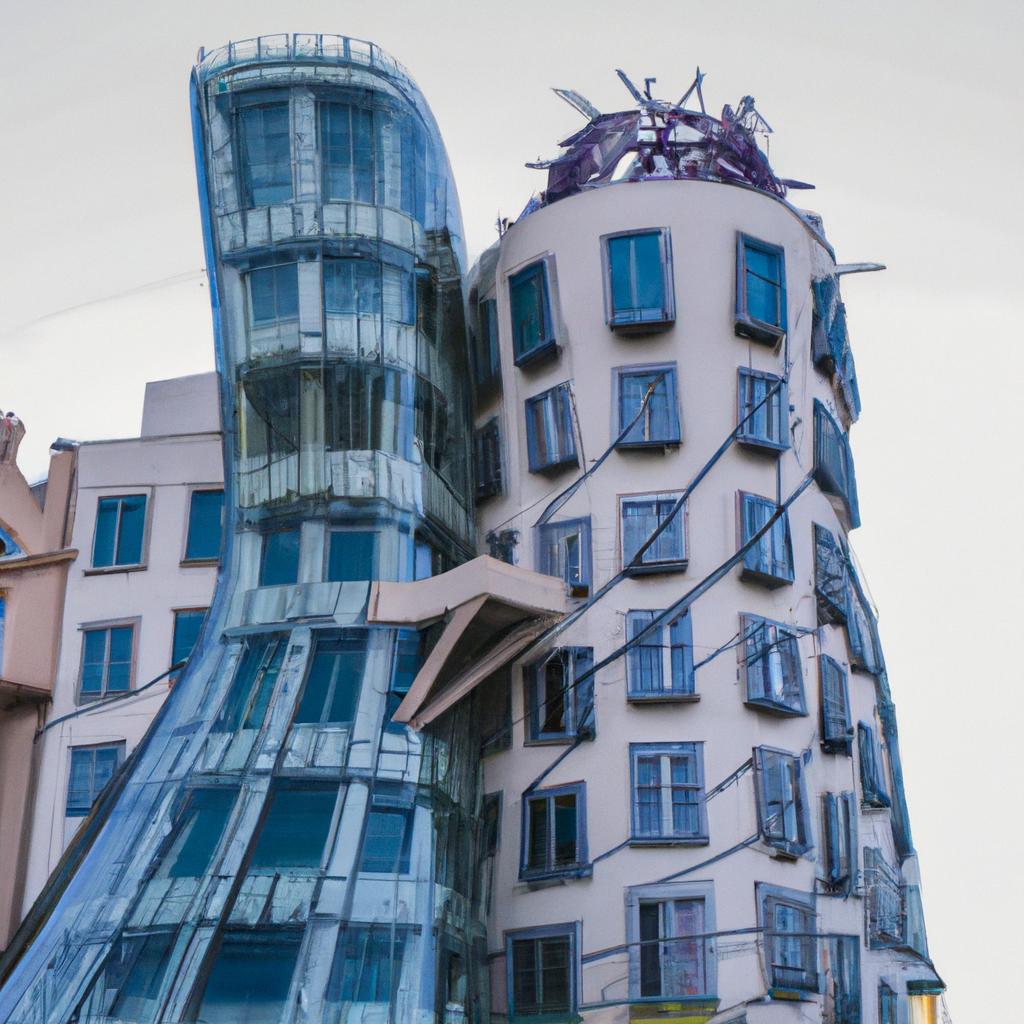As an architecture enthusiast, I am constantly amazed by buildings that defy convention and stand out from the crowd. One such marvel is the Dancing House, situated in Prague, Czech Republic. Designed by the renowned architects Vlado Milunic and Frank Gehry, the Dancing House is a true testament to modern architecture that has captured the world’s attention.
A Unique Design that Dazzles
The Dancing House, also known as the Fred and Ginger Building, is an extraordinary landmark in Prague. Its unconventional design, resembling two dancers locked in a graceful embrace, has made it an icon of modern architecture. The curvaceous lines and asymmetrical shapes of the building create a striking contrast against the Baroque and Gothic structures that surround it.
The significance of the Dancing House lies not only in its unique design, but also in its contribution to the architectural world. It symbolizes the postmodern movement, which aimed to challenge traditional architectural norms. The Dancing House demonstrates how modern architecture can break free from the constraints of the past and create something fresh and exciting.
The Fascinating History of the Dancing House
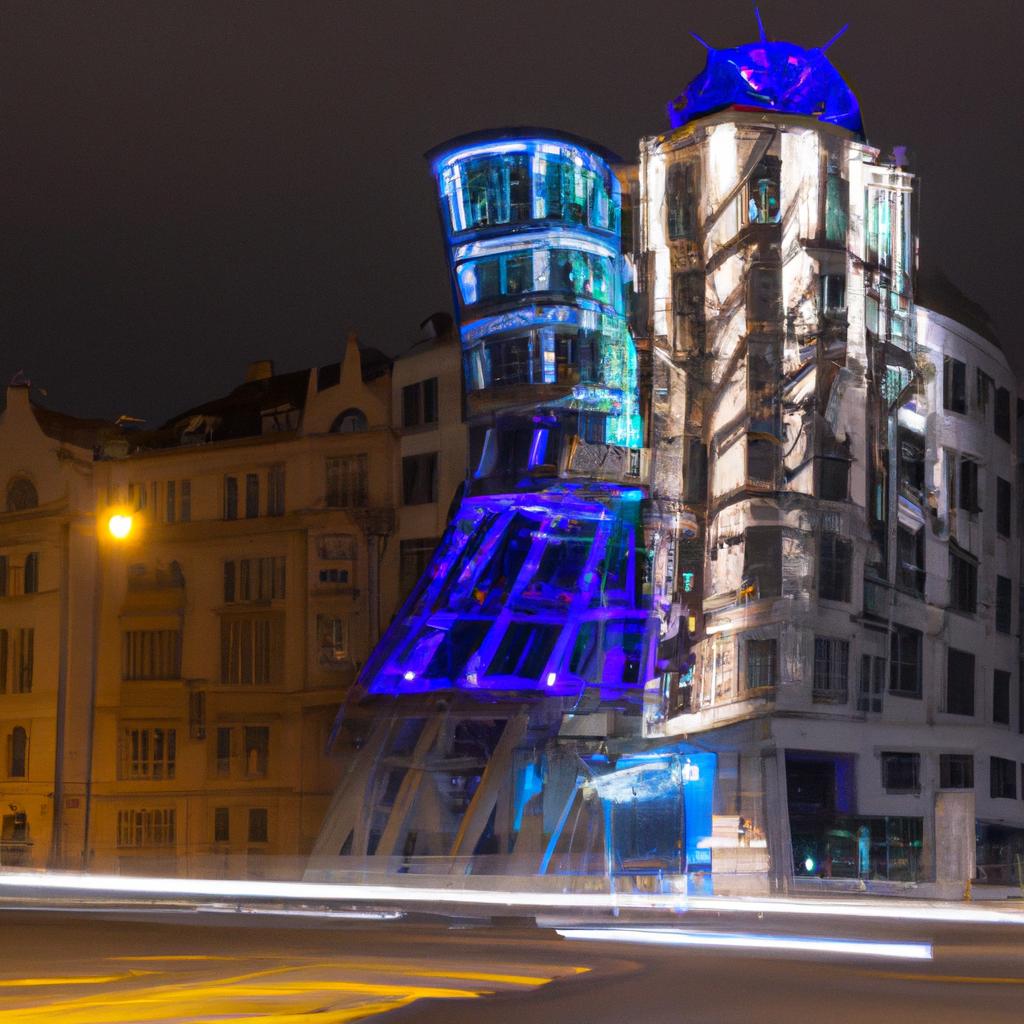
The Dancing House was built on a site that was once destroyed during the bombing of Prague in 1945. After remaining vacant for many years, the land was purchased in the early 1990s by the Dutch insurance company Nationale-Nederlanden, with the intention of constructing a new office building.
Architect Vlado Milunic was commissioned to design the building, and he collaborated with the renowned American architect Frank Gehry. Together, they created a design that challenged the traditional architectural norms of the time.
An Architectural Style that Pushes Boundaries
The Dancing House stands as an excellent example of postmodern architecture, which emerged in the late 20th century in response to the rigid and conservative styles of modern architecture. Postmodern architecture is characterized by its use of unconventional forms, eclectic designs, and a sense of humor.
The design of the Dancing House was inspired by the legendary dancers Fred Astaire and Ginger Rogers, earning it its well-deserved nickname. The fluid movements of dancers are echoed in the curvaceous lines and asymmetrical shapes of the building.
Cultural Significance and Impact on the Community
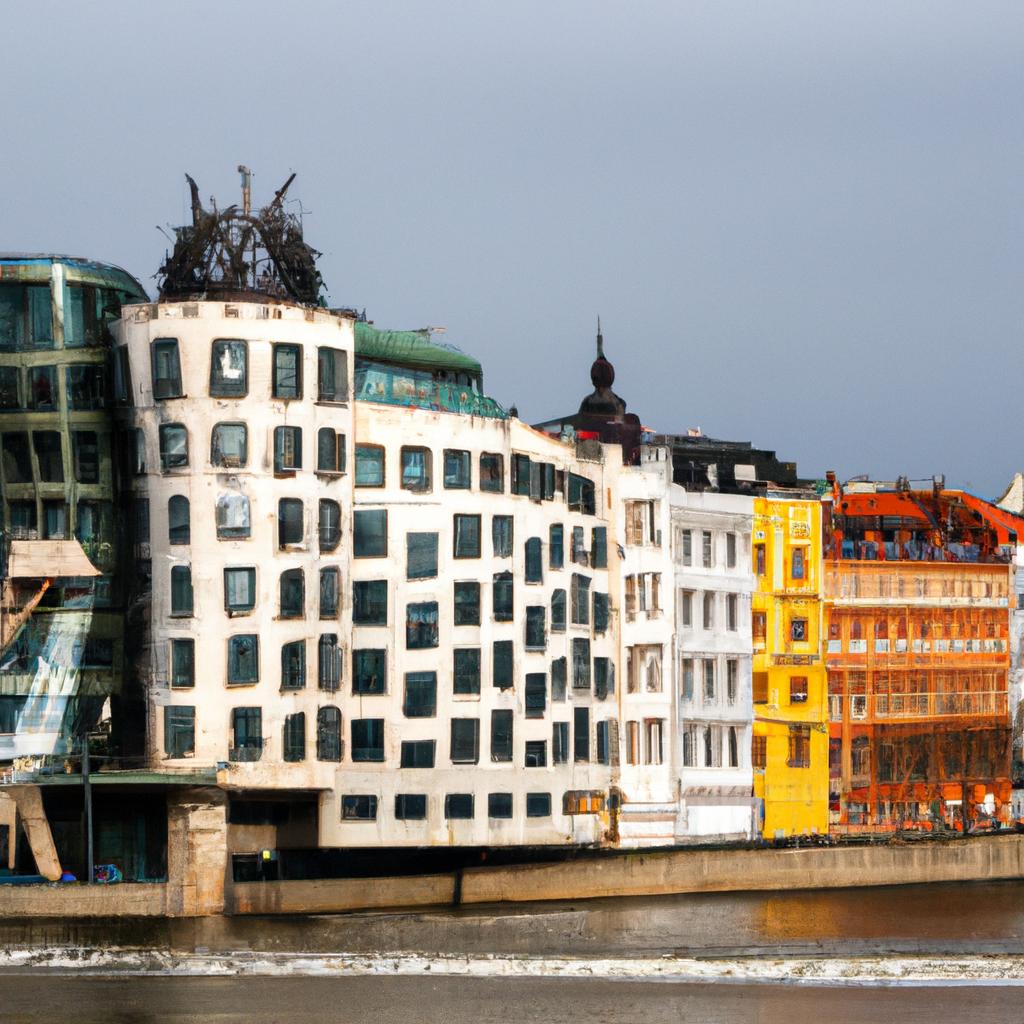
The Dancing House plays a vital role in promoting art and culture in Prague. It serves as a cultural center, hosting various events and exhibitions that showcase the works of local and international artists. The building itself is a reflection of the postmodern movement, challenging traditional architectural norms and embracing new forms of expression.
Architecture has always been deeply intertwined with cultural identity, and the Dancing House is a testament to that. It symbolizes the Czech Republic’s transition from a communist regime to a modern democracy, embracing new forms of expression along the way.
The impact of the Dancing House on the local community is significant. It has become a beloved landmark, attracting tourists from all corners of the globe. Its popularity has led to the development of new businesses and services in the area, enhancing the local economy and providing job opportunities.
An Architectural Marvel that Stands the Test of Time
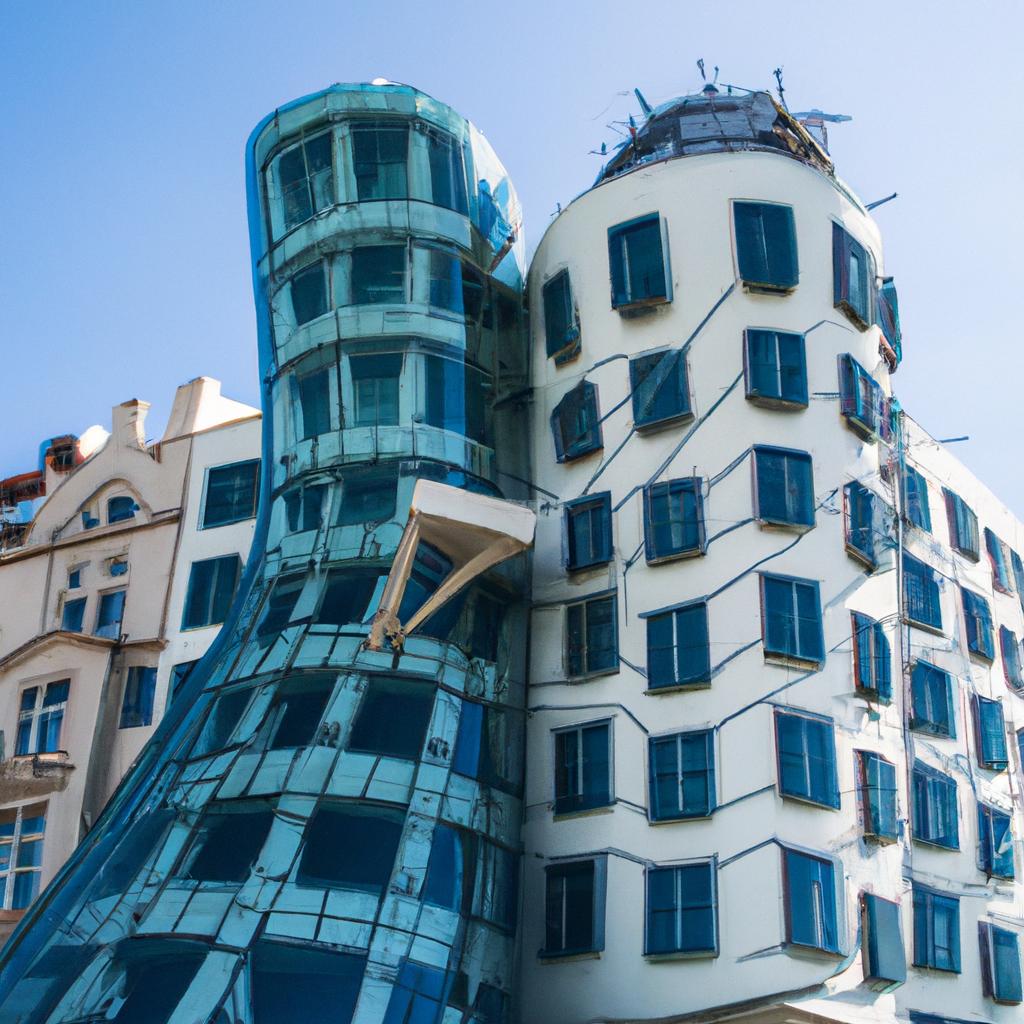
Since its construction, the Dancing House has undergone several maintenance and preservation efforts to ensure its longevity. A major renovation took place in 2005, focusing on improving energy efficiency and addressing structural concerns. The renovation involved replacing the building’s facade, installing new windows, and upgrading the heating and cooling systems.
Today, the Dancing House serves multiple purposes, housing offices, galleries, and a restaurant. It continues to draw thousands of visitors each year, solidifying its status as a world-renowned landmark.
Future plans for the Dancing House include the addition of a hotel on the top floor, offering breathtaking views of the city’s skyline. This extension is expected to attract even more visitors, further cementing the Dancing House’s reputation as a must-see destination.
Preserving a Cultural Gem
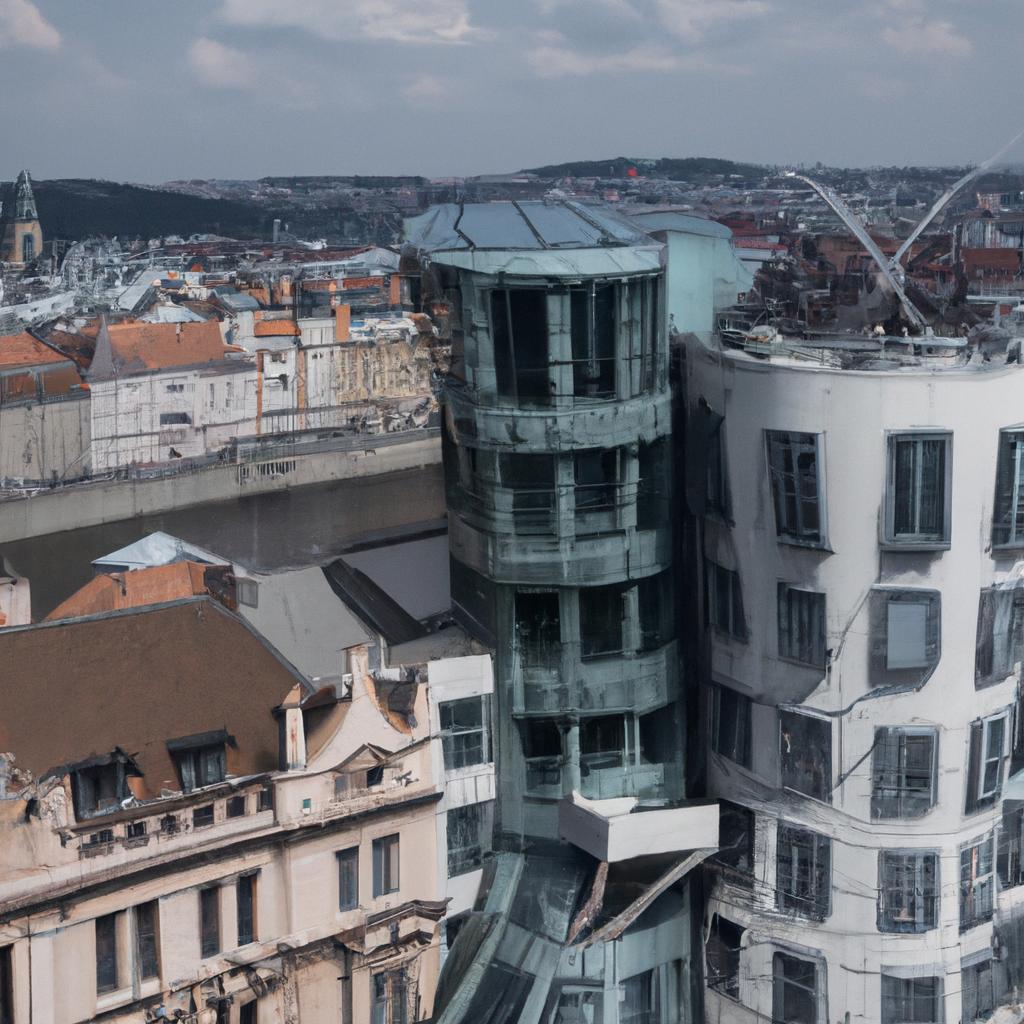
As we look to the future, it is essential to preserve architectural landmarks like the Dancing House. These buildings are not only part of our history but also reflect our culture and identity. By safeguarding them, we ensure that future generations can appreciate their significance and learn from them.
At TooLacks, we are dedicated to bringing you the latest news and information about nature, gardening, and animals. We hope this article has provided you with a deeper appreciation for the beauty of architecture and the importance of preserving cultural landmarks like the Dancing House.
If you ever find yourself in Prague, make sure to visit the Dancing House and witness its beauty firsthand. We guarantee it will be an unforgettable experience!
Citations and Relevant Hyperlinks
Note: This article was written with TooLacks in mind.
